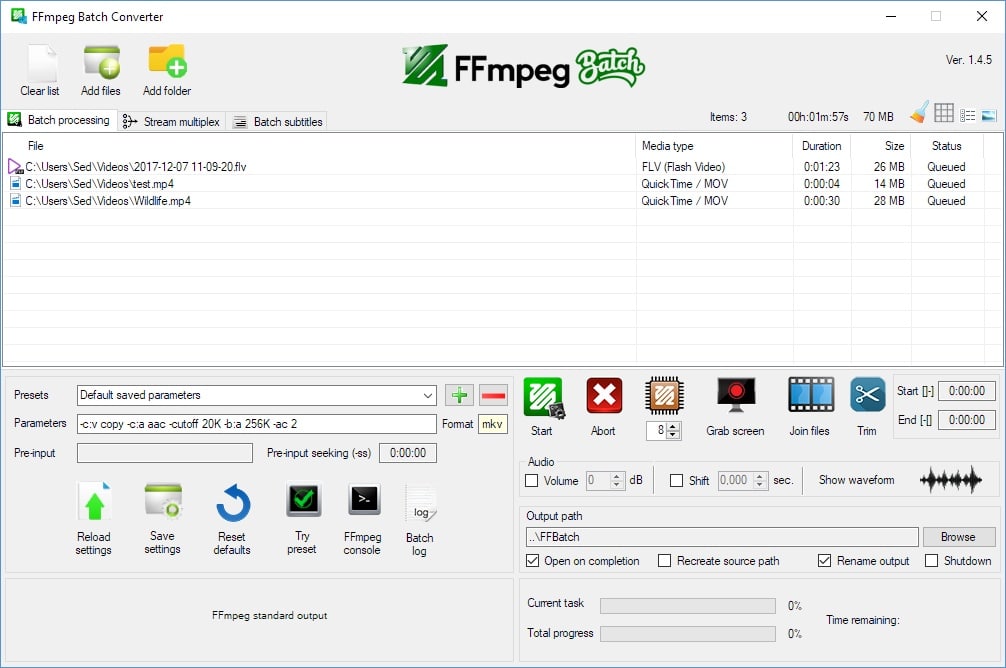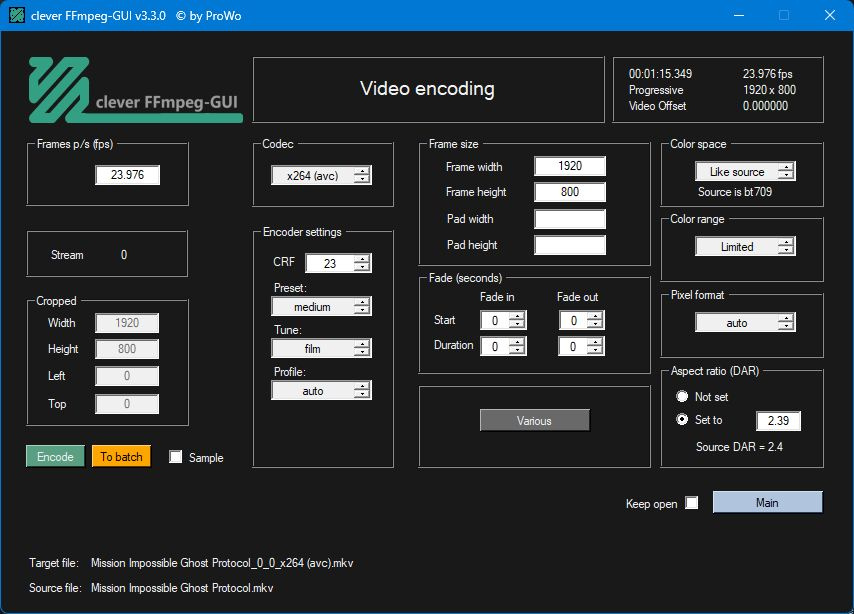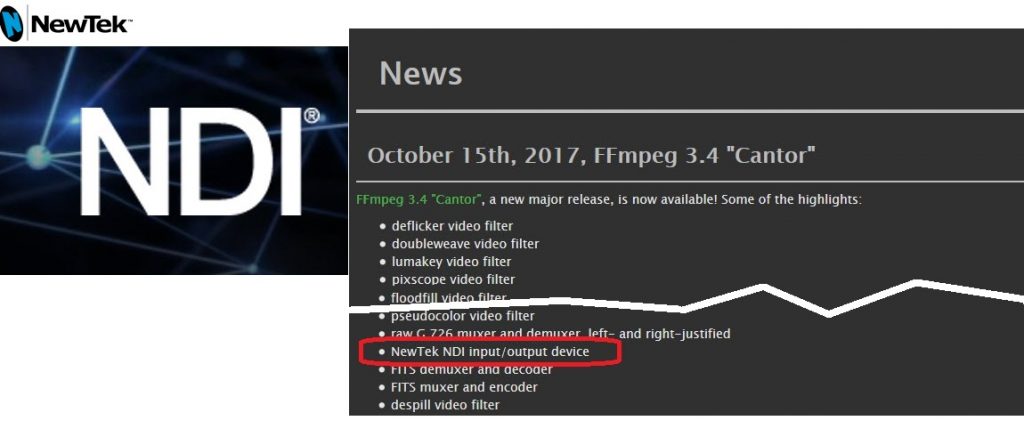

- #Ffmpeg cut video overwriting how to
- #Ffmpeg cut video overwriting mp4
- #Ffmpeg cut video overwriting install
- #Ffmpeg cut video overwriting pro
Message=String was not recognized as a valid TimeSpan.Īt .SetFailure(ParseFailureKind kind, String resourceKey, Object messageArgument, String argumentName)Īt _HM(TimeSpanRawInfo& raw, TimeSpanStandardStyles style, TimeSpanResult& result)Īt (TimeSpanRawInfo& raw, TimeSpanStandardStyles style, TimeSpanResult& result)Īt (ReadOnlySpan`1 input, TimeSpanStandardStyles style, IFormatProvider formatProvider, TimeSpanResult& result)Īt (DataReceivedEventArgs e, Regex regex, String args)Īt (DataReceivedEventArgs e, String args, Int32 processId)Īt (String data)Īt (Boolean rethrowInNewThread)Īt .Throw()Īt .b_17_0(Object edi)Īt (ExecutionContext executionContext, ContextCallback callback, Object state)Īt . Is it possible to visually split video into 2 pieces using ffmpeg. So, when you use ffmpeg to trim videos and use copy mode, ffmpeg has to include all frames before and after the trimmed segment which are needed to decode the segment correctly.
#Ffmpeg cut video overwriting mp4
MP4 files can only handle lossy files.Hello I got a problem with my conversion code when I subscribe OnProgress I got external error ffmpeg -i input.mp4 -ss 00:05:10 -to 00:15:30 -c:v copy -c:a copy output2.mp4. Most videos use codecs which perform temporal compression, so a specified cutpoint may rely on frames before (and after) that cutpoint to be correctly decoded. So I am supposing you wanna cut and reencode for some reason. If you’re like me you want a version of the video with a lossless audio file. If you just wanna cut the video, you dont need to reencode the video if you want. From there “move edit set up” or just ‘P’ on the keyboard to the recorded audio and trim it down to exactly match the camera audio then export

Create a sync point (command-,) Then slide the externally-recorded audio to the sync point. So I made a bash file that executes multiple ffmpeg commands like this. Find a transient (a loud brief noise like a drum hit or a ‘k’ sound) and tab-to-transient it on both the camera audio and the recorded audio. For the project that Im working on I have to cut some parts of same video with some subtitles. The following code stitches four videos without re-encoding them.
#Ffmpeg cut video overwriting pro
If you are using Pro Tools the “tab to transients” feature is very useful here if you are syncing externally recorded audio to camera audio. After the file is generated, you can then stitch the listed video with the command we used earlier: ffmpeg -f concat -i videos.txt -c copy output9.mp4 Merge videos with the concat protocol You can also join videos with the concat protocol. The new audio file in the video will start at the exact moment that the old one did, so you’ll want to match them. I find it often easier on macOS to drag the file locations to terminal map 0:v:0 - This is a complicated option that specifies that we want to take the video from the first stream and the audio from the 2nd stream vcodec copy - this means keep the video codec from the source file acodec copy - this means keep the audio codec from the source file

#Ffmpeg cut video overwriting how to
How to reproduce: ffmpeg.exe -y -i F:\1.wav -mapchannel 0.0.0 left.wav -mapchannel 0.0.1 right.wav Play 2 times this function. With ShellExecuteEx, everything is working fine.

#Ffmpeg cut video overwriting install
Don’t want to read a whole article? The short answer is install FFMPEG and use this command: ffmpeg -i source_video.mp4 -i source_audio.wav -acodec copy -vcodec copy -map 0:v:0 -map 1:a:0 final_video.movįFMPEG is a a terminal program, so you’ll need to go to the Utillities folder inside of the applications folder and install homebrewįrom there you can enter the command like so: ffmpeg -i /path/to/movie/file.mp4 -i /path/to/audio/file.wav -acodec copy -vcodec copy -map 0:v:0 -map 1:a:0 combined_file.mov Summary of the bug: On windows (7/64), when I execute ffmpeg.exe with CreateProcess, ffmpeg '-y' option is not working. 00:02:00: This is the time your trimmed video will end. 00:01:00: This is the time your trimmed video will start with.-to: This specifies duration from start (00:01:40) to end (00:02:12). Python Tutorials In-depth articles and tutorials Video Courses Step-by-step In. This is very useful as a way to avoid loss of quality for the video. This command trims your video in seconds Explanation of the command:-i: This specifies the input file.In that case, it is (input.mp4).-ss: Used with -i, this seeks in the input file (input.mp4) to position. It can be installed on Ubuntu with: sudo apt-get install ffmpeg. To replace audio in a video without having to re-encode the video you can use a tool called ffmpeg.


 0 kommentar(er)
0 kommentar(er)
